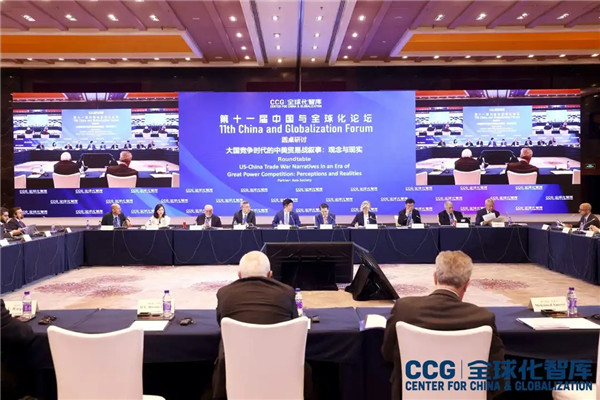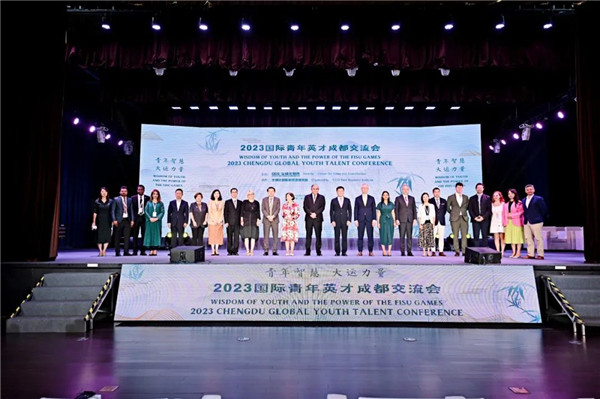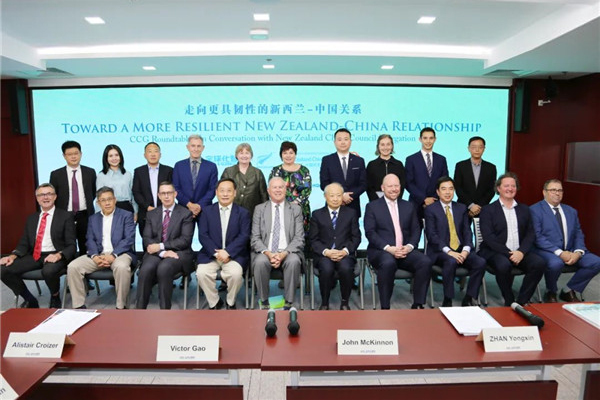CCG Symposium Explores Opportunities and Challenges for Outbound Investment in South Asia
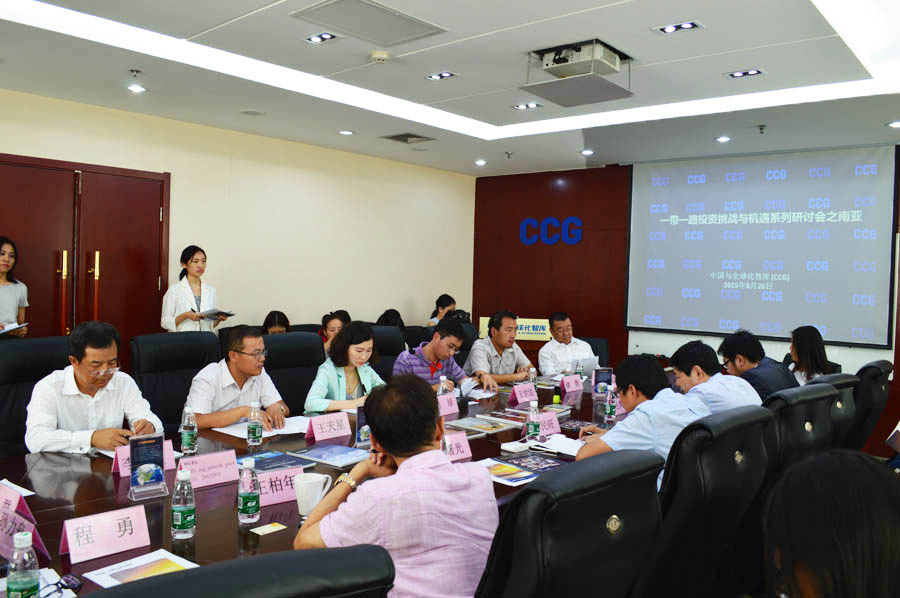
The Center for China & Globalization (CCG) continued its series of symposiums on the opportunities and challenges in the countries along the “One Belt, One Road” By hosting an Aug. 26, 2015 discussion focused on South Asia.
Moderated by CCG Secretary General Dr. Miao Mabel Lu, the symposium brought together a number of scholars from various academic institutions, officials from NDRC, State Information Center, Tianjin municipal government, business executives, and media reporters. The participants include:
Dr. Wang Huiyao, CCG President and Vice Chairman of China Association for International Economic Cooperation of Ministry of Commerce
Prof. Lin Minwang, Assistant Professor, Foreign Affairs University
Prof. Wang Tianxing, Assistant Professor, School of Law and Politics, Beijing International Studies University
Dr. Wang Shida, Associate Research Fellow, China Institute of Contemporary International Relations
Dr. Sun Lizhou, Deputy Dean, Academy of China and World Agendas, Southwest University of Political Science & Law
Liu Qun, Deputy Director, Center of Defense Economic Research, PLA National Defense University
Dr. Huang Rihan, Executive Director, “One Belt, One Road” Institute, CCG
Dr. Chu Yin, Deputy Director, “One Belt, One Road” Institute, CCG
Yan Lijin, Co-Chairman, China-Pakistan Economic Corridor Council.
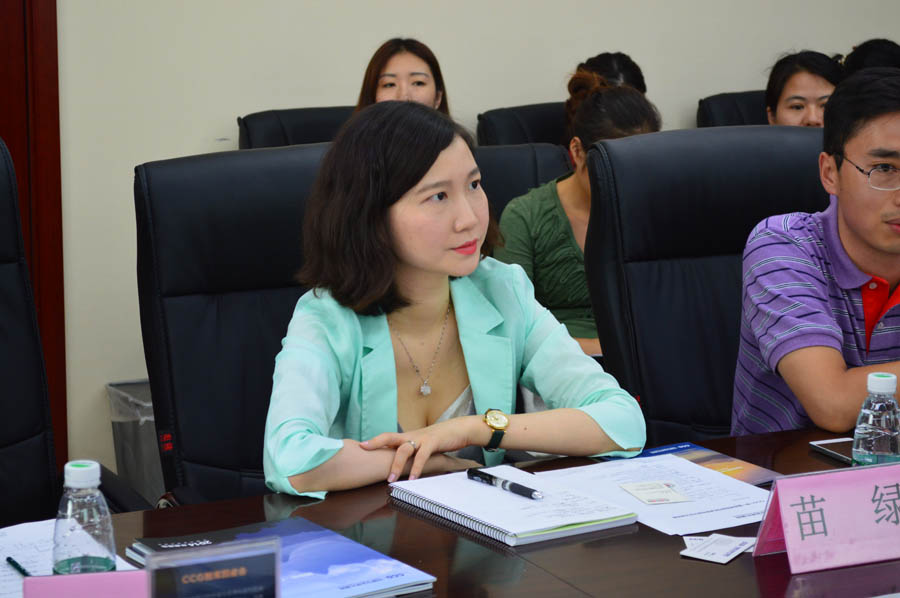
Dr. Miao Mabel Lu, CCG Secretary General
For various reasons, China-South Asia cooperation can set an example for China’s diplomatic strategies with neighboring countries. As the most important region in the “One Belt, One Road” initiatives, South Asia deserves more attention in academic studies.
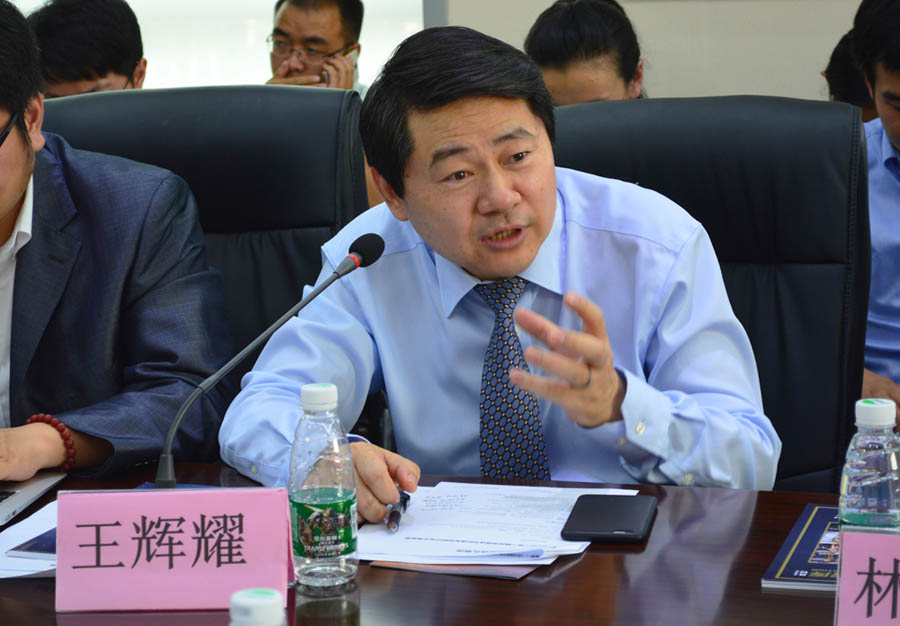
Dr. Wang Huiyao, CCG President
Chinese think tanks should take a leading role in promoting the “One Belt, One Road” initiatives. They should create channels and platforms for domestic scholars to exchange their views and opinions with international scholars. CCG has established extensive cooperative relations with the think tanks in Indonesia, Bangladesh, and Singapore.

Dr. Chu Yin, Deputy Director, “One Belt, One Road” Institute, CCG
Through “One Belt, One Road” initiatives, we can accomplish two goals in India. One is to create opportunities for Chinese NGOs to expand in India. The other one is to encourage China’s small and medium enterprises to enter the tourism industry in India with less investment barriers and risks.
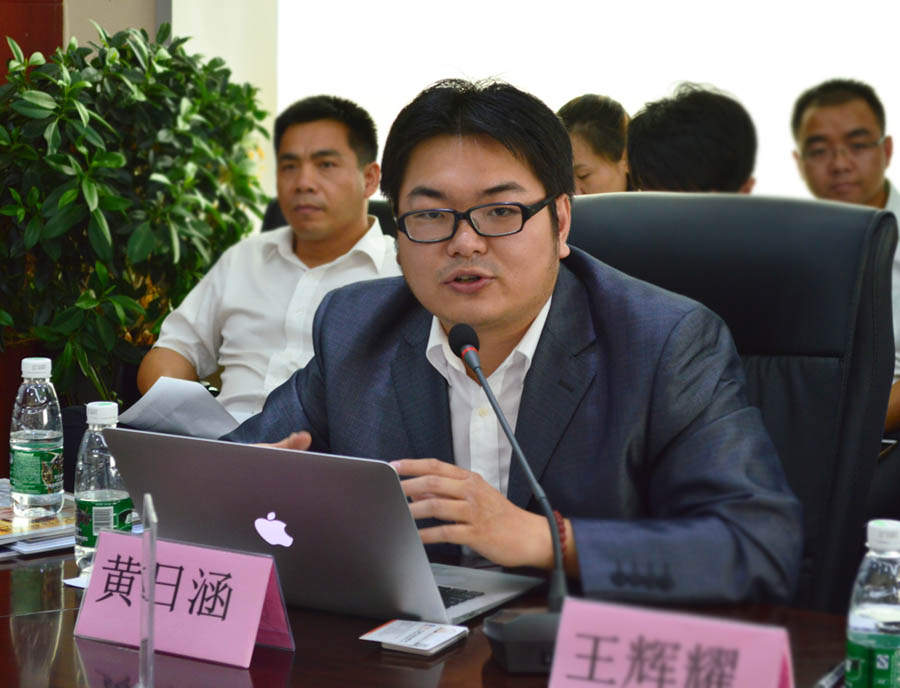
Dr. Huang Rihan, Executive Director, “One Belt, One Road” Institute, CCG
South Asia, with a population of over 1.6 billion, is an investment destination with great potential. To move forward with the “One Belt, One Road” initiatives in the region, we should increase our understanding of the local languages, religions, and customs in a order to lower investment risks.
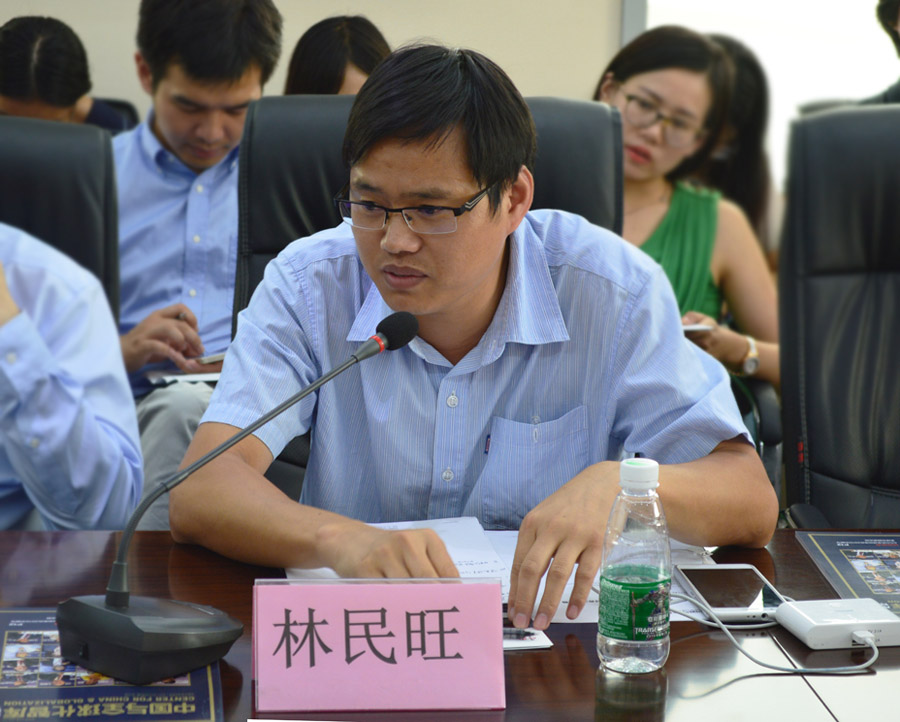
Prof. Lin Minwang, Assistant Professor, Foreign Affairs University
Despite China’s growing investment in South Asia, the business operation of Chinese enterprises such as Haier and Huawei cannot last long there, due to the low profits. Bilateral trade has also not been trending in China’s favor, with its trade surplus with these countries shrinking over the past 12 years. In addition, Chinese companies that have contracted construction projects in India have gained little profit. Sometimes, they did not even receive full payment. Consular protection and business insurance need to improve to shield them from the risks. Personally, I believe India has an ambivalent attitude towards the “One Belt, One Road”. The Indian government has never declared its support of or opposition to One Belt, One Road initiatives.
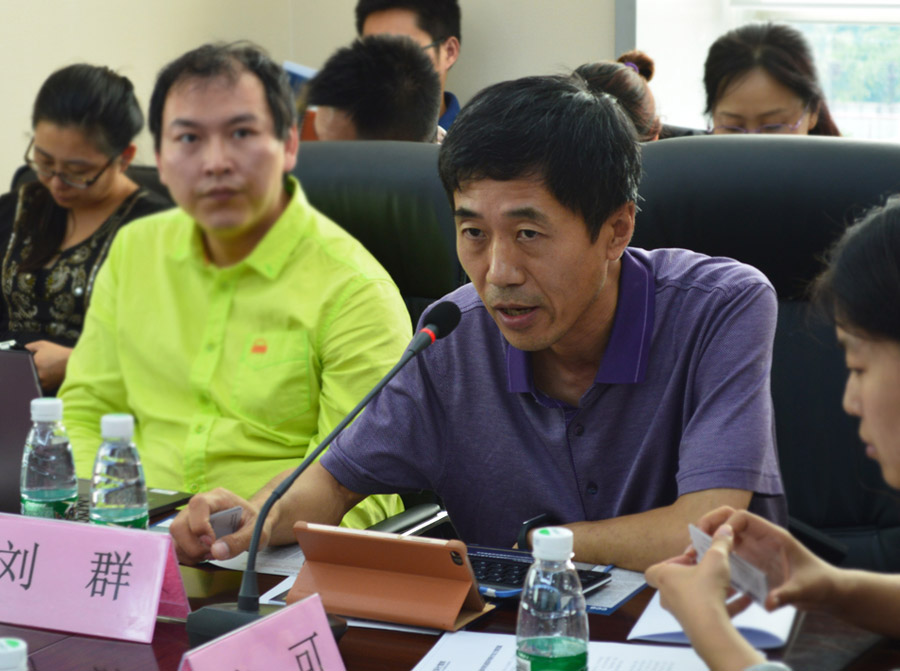
Liu Qun, Deputy Director, Center of Defense Economic Research, PLA National Defense University
There are four factors that affect Chinese investment in South Asia. The first is security risk. With the American troop withdrawal from Afghanistan, terrorism networks still exist and remain active in the region. It will take some time to bring the Taliban under control. The second risk is the political situation. For instance, the presidential election in Sri Lanka has impeded foreign investment. The third risk is cultural understanding. There is a lack of talent needed to build China-Pakistan Economic Corridor. The fourth risk is intermediary services. Foreign investors should include civil society and organizations in their risk assessment.
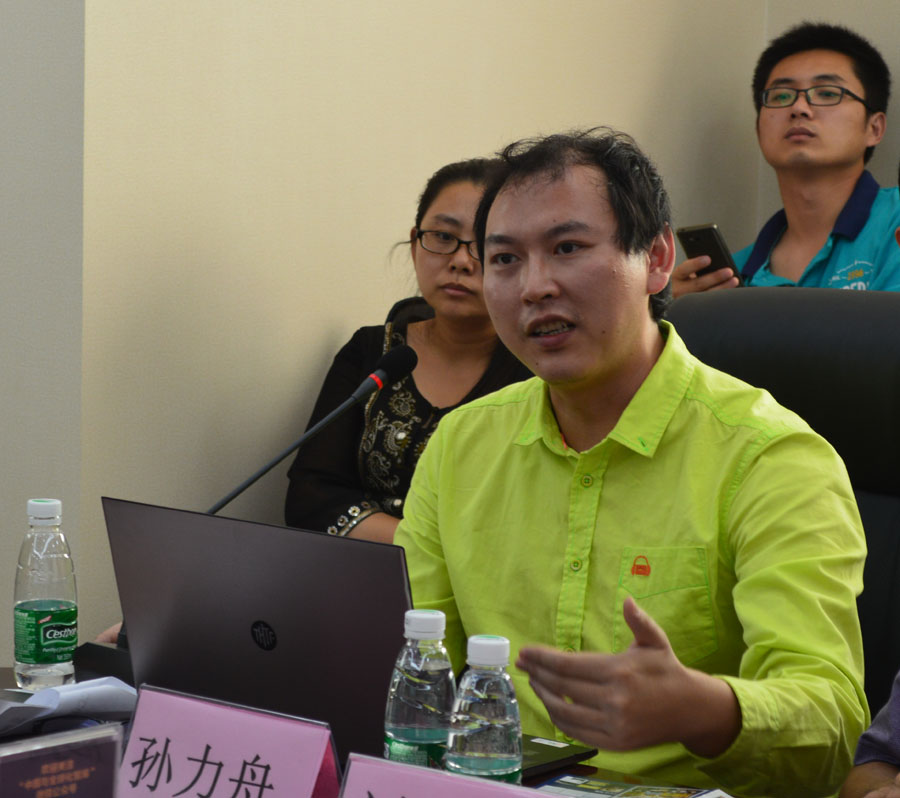
Dr. Sun Lizhou, Deputy Dean, Academy of China and World Agendas, Southwest University of Political Science & Law
Pakistan has the highest economy growth rate among Muslim countries and is creating an ever larger and huge middle-class. It thus has great potential for Chinese investors. In the meantime, drawing upon its experience working with Pakistan, China can learn how to work with other Muslin countries.
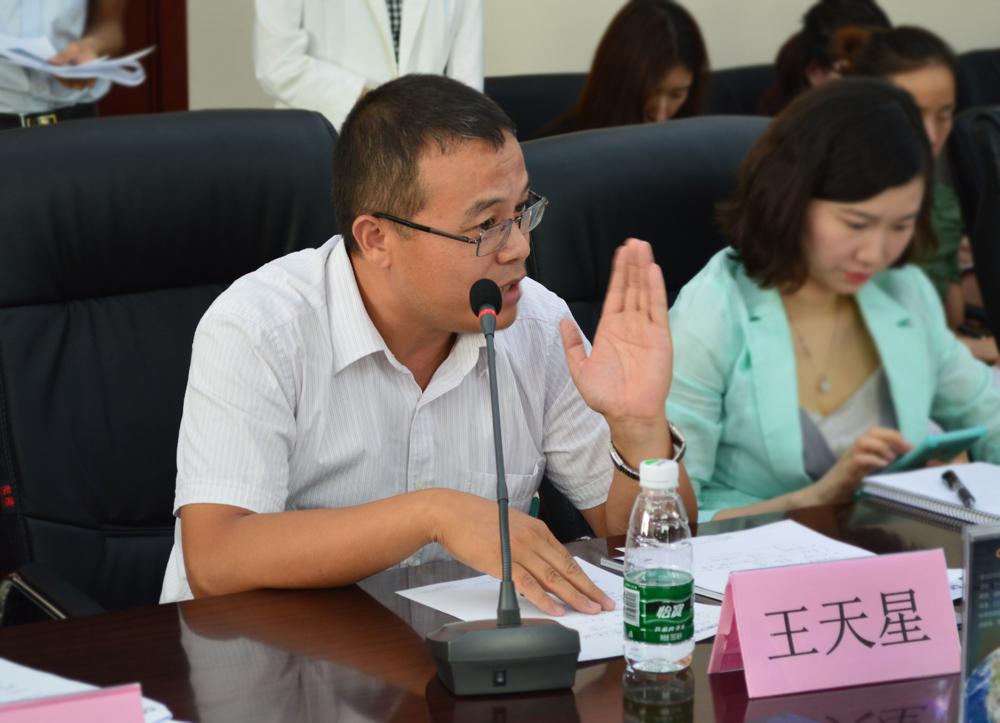
Prof. Wang Tianxing, Assistant Professor, School of Law and Politics, Beijing International Studies University
Chinese companies need to be aware of legal risks when going abroad. The first such risk is legislative. In the countries such as Mongolia and Pakistan, legislation is a highly-complicated process with many uncertainties and is influenced by many factors. The second risk here is law enforcement risk. Laws and legal regulations are strictly enforced in Pakistan, so Chinese companies need to take serious actions on compliance to avoid risks. The third risk is conflict resolution. Islamic culture favors reconciliation. Chinese companies need to prepare sufficient evidence before resorting to arbitration or mediation to solve conflicts.
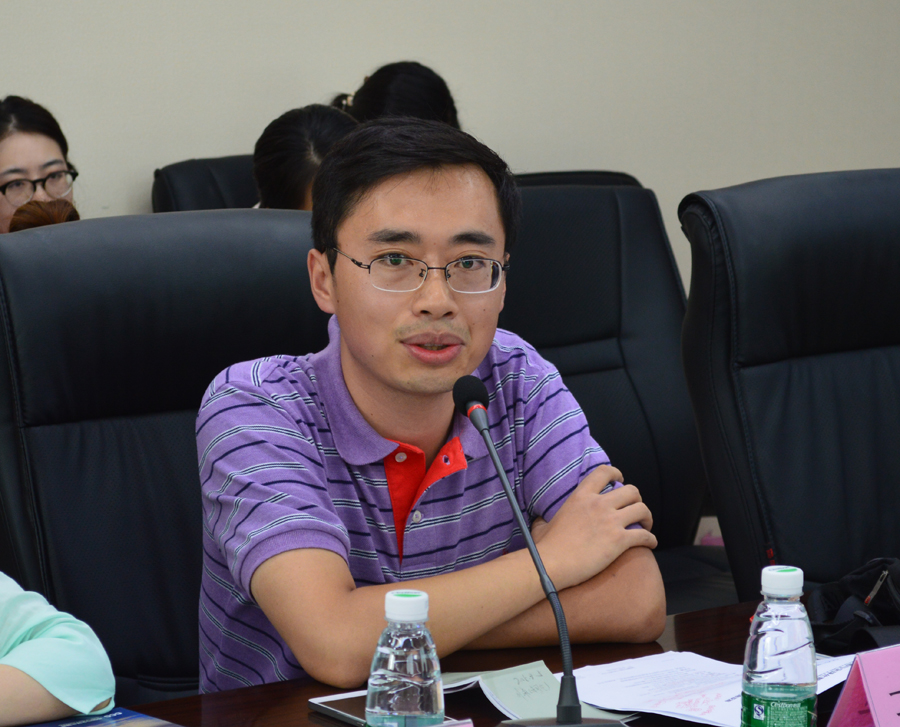
Dr. Wang Shida, Associate Research Fellow, China Institute of Contemporary International Relations
Many challenges exist in the China-Pakistan Economic Corridor. One is criminal gangs threatening local security, another is internal disputes. The Corridor was originally designed to bypass western Pakistan, but has given rise to a conflict of interest among different regions. The Corridor was then revised to pass by Balochistan Province. However, in doing so, it faces security challenge by local militant groups. In addition to these risks, there is the influence of external forces. Some local NGOs that receive funding from western countries such as the United States, oppose the Corridor, claiming it has negative impact on local ecosystem.
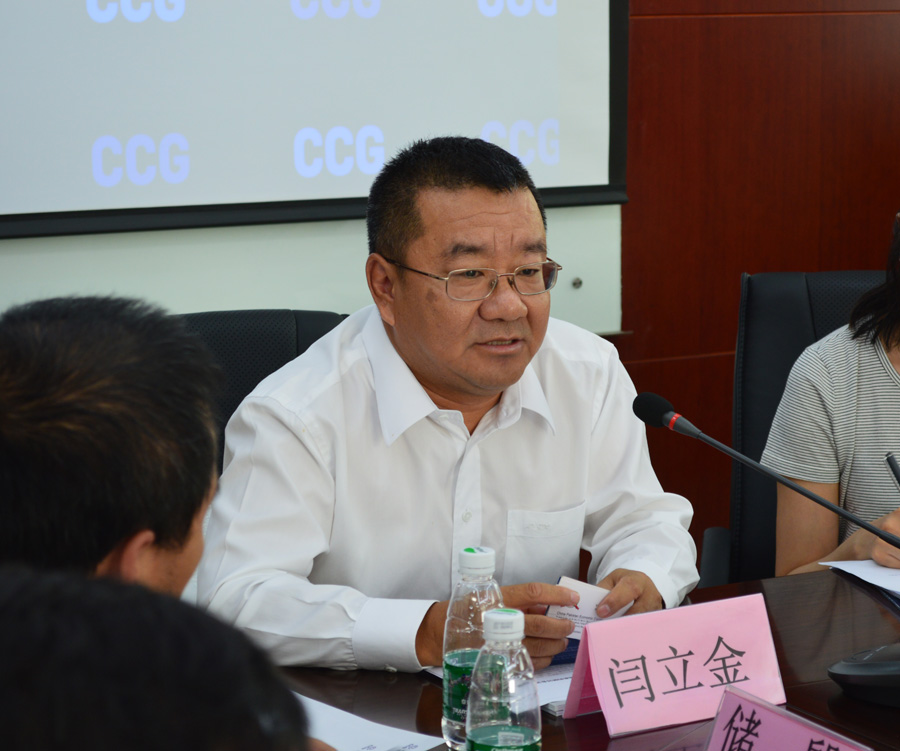
Yan Lijin, Co-Chairman, China-Pakistan Economic Corridor Council.
The “One Belt, One Road” scheme establishes a platform of common benefit. It represents the turning point in Chinese foreign policie. From a global perspective, it is a sound policy that will receive more support from international community in the foreseeable future. For example, during his upcoming visit to the U.S., President Xi may be able to win American endorsement for this initiative. The Corridor is also widely supported by all the parties in Pakistan. Our visit to Balochistan Province was well-received by local governmental officials and tribes.
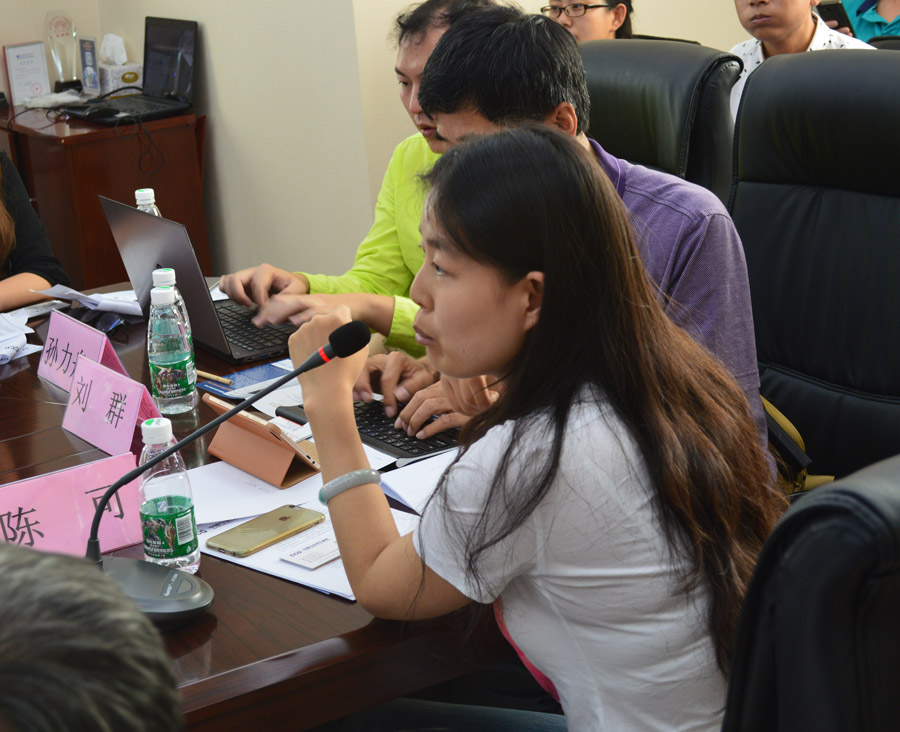
Chen Ke, National Development and Reform Committee
Investment in the tourism industry may be seen as being offensive to local religion and culture and therefore trigger resistance from local communities. Chinese companies are advised to gain a better understanding of top-level policies and the local investment environment. They should also bear in mind that there is no “you and me” in economic cooperation, only “we.” To maintain a prosperous economy, China needs to integrate its own development with that of whole region.
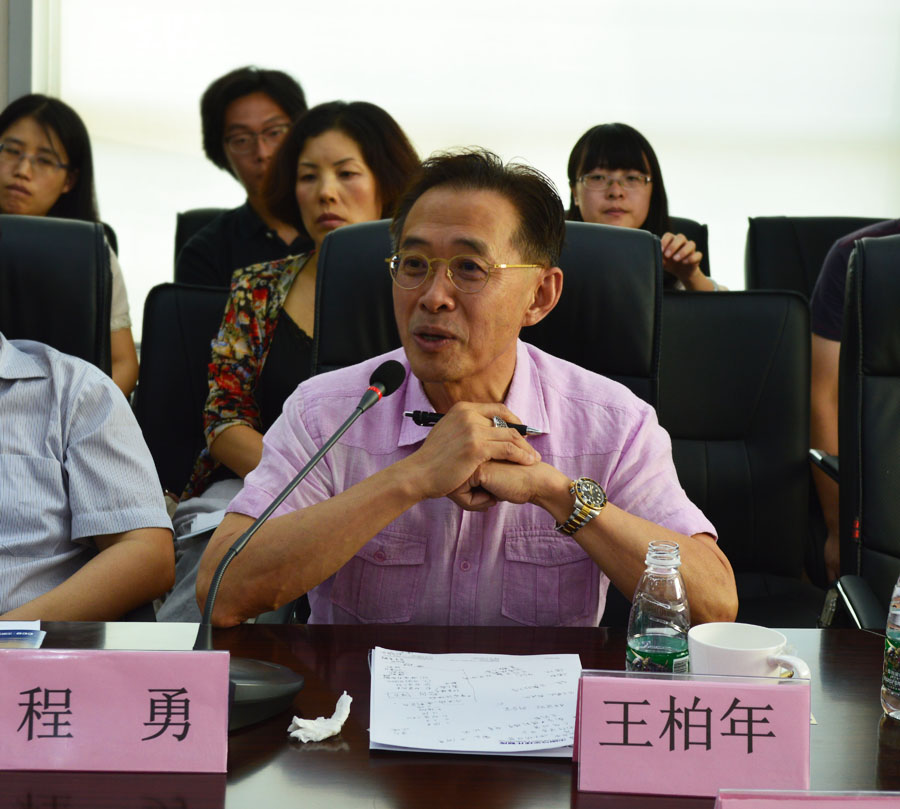
Wang Bainian, President of Paning Centennial, Member of CCG’s Strategic Advisory Council
Indian people appreciate religion, culture, and philosophy. They also attach great importance to exporting “soft power.” That partly explains why so many Indian nationals are CEOs in multinational companies. Therefore, Chinese business executives are advised to learn some philosophy and religion when building partnerships with Indian businessmen.
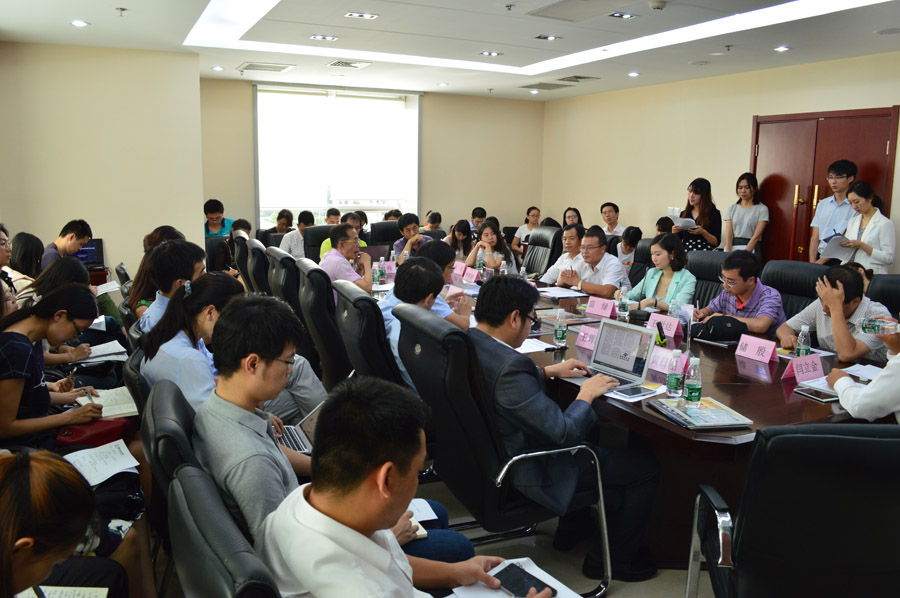
After their presentations, the speakers also addressed the questions from media reporters. As one of the leading independent think tanks in China, CCG is dedicated to doing top-flight research on the globalization of Chinese companies and talent. Since its establishment in May 2015, CCG’s “One Belt, One Road” Institute has held five seminars on the political, economic, legal, and social challenges and opportunities in investing in the countries along the belt and the road. Our goal is to provide first-class guidance for Chinese companies on their outbound investment strategies and collect policy and offer sound policy-making advice for government agencies.
LocationBeijing
